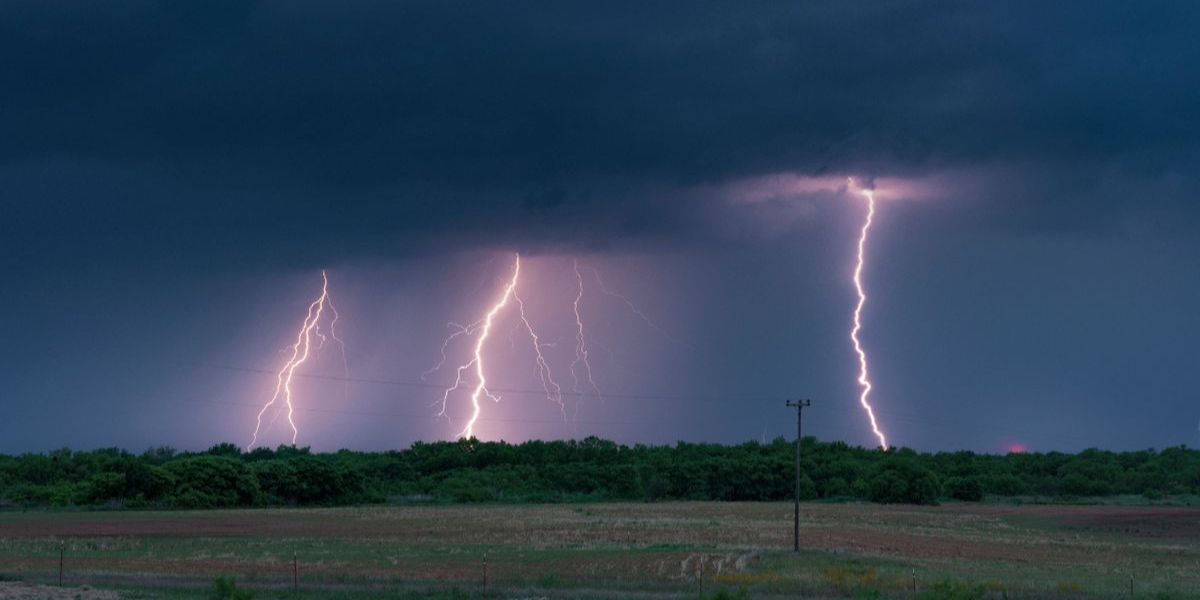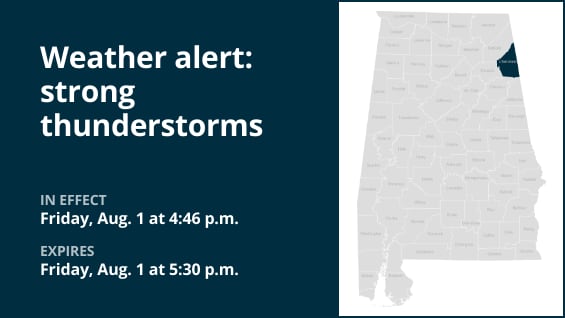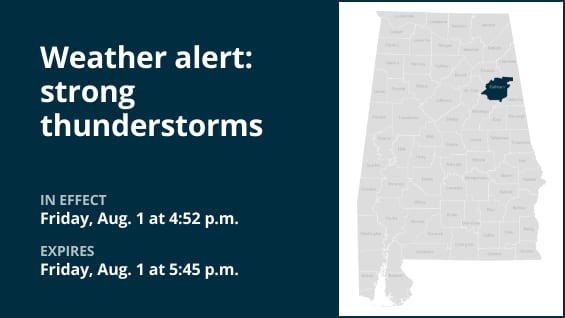According to the World Meteorological Organization, an incredible 515-mile line of lightning bolts that lit up the skies from eastern Texas through Missouri in October 2017 set a new record for the most lightning bolts ever observed from space.
A Mesoscale Convective System, a type of thunderstorm system, was traveling down the Gulf Coast ahead of a frontal boundary when the record-breaking “megaflash” happened.
Using satellite-based mapping technology, WMO members claimed to have located the bolt and reported their findings to the Bulletin of the American Meteorological Society.
“This new record clearly demonstrates the incredible power of the natural environment,” said WMO member Randall Cerveny. “It also testifies to the significant scientific progress in observing and evaluating such extreme events.”
More precise measurements of flashes are reportedly made possible by recent developments in space-based lightning mapping technologies.
Lead author and Severe Storms Research Center committee member Michael Peterson said in a statement, “The extremes of what lightning is capable of is difficult to study because it pushes the boundaries of what we can practically observe. Adding continuous measurements from geostationary orbit was a major advance. We are now at a point where most of the global megaflash hotspots are covered by a geostationary satellite, and data processing techniques have improved to properly represent flashes in the vast quantity of observational data at all scales.”
Global technology company Vaisala estimated that in 2024, there were 242,101,157 lightning bolts in the skies over the United States, with an average of over 20 million of those bolts actually striking the earth.
Apart from documents pertaining to the duration of the flash, the WMO also emphasized further past occurrences of Mother Nature’s actions.
In June 2020, the longest-duration flash on record lasted over 17 seconds across northern Argentina and portions of Uruguay.
Other noteworthy lightning-related incidents include a strike in Zimbabwe in 1975 that claimed 21 lives and an oil tank fire in Egypt in 1994 that claimed 469 lives.
The group stressed that although lightning is still awe-inspiring, it poses a serious risk to public safety.
“Lightning claims many lives each year and can spark wildfires or pose hazards to aviation,” said WMO Secretary-General Celeste Saulo. “Understanding the scale and behavior of extreme flashes is vital for public safety and risk management.”






